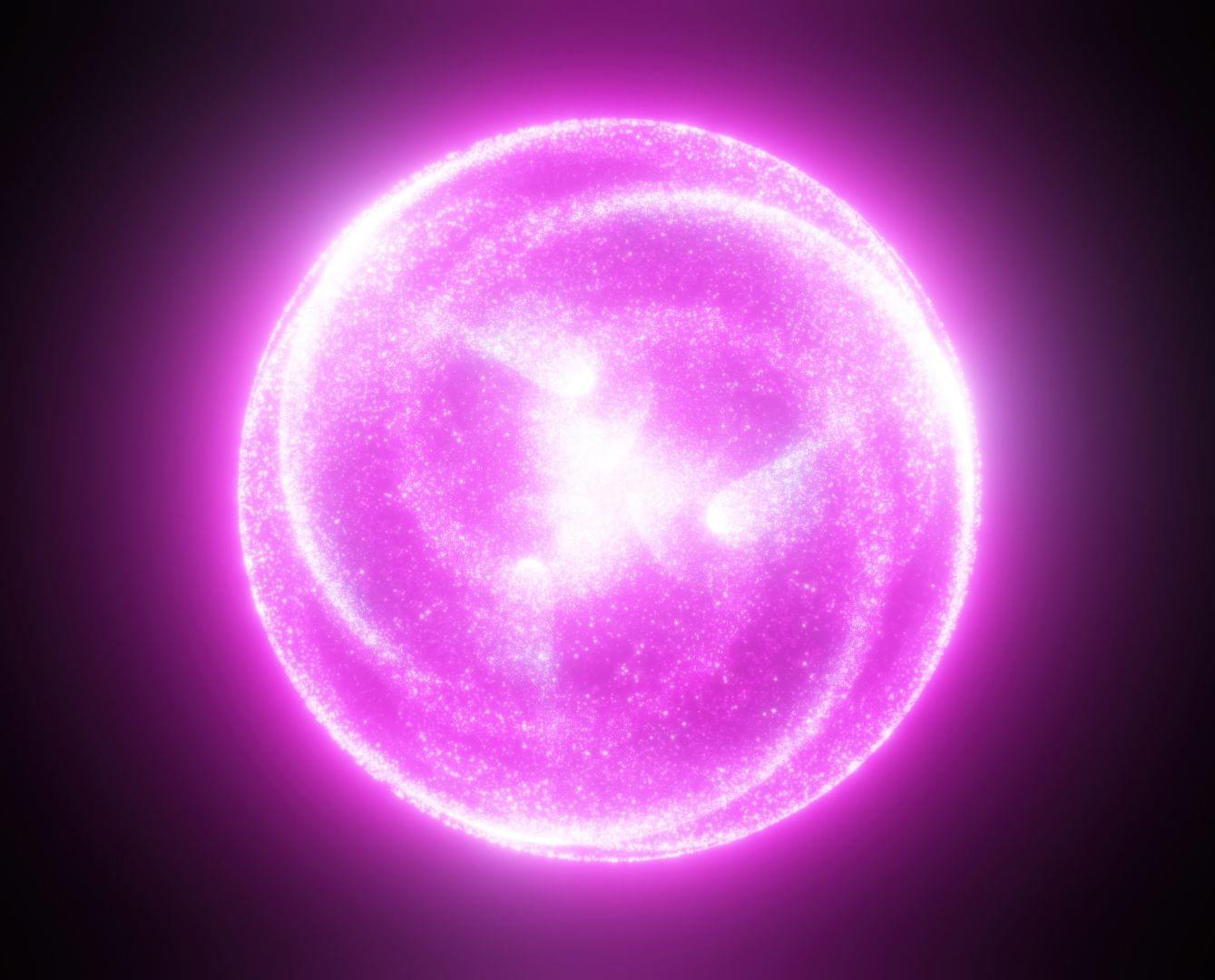Hackers target Microsoft Exchange servers worldwide, injecting keyloggers to steal credentials from victims in 26 countries.



Looking to the future, just how intelligent might the current crop of Large Language Models get? Daniel Kokotajlo joins us to discuss Ai2027.
Find out more about the AI2027 paper here: http://bit.ly/4k4dIOA
Computerphile is supported by Jane Street. Learn more about them (and exciting career opportunities) at: https://jane-st.co/computerphile.
This video was filmed and edited by Sean Riley.
Computerphile is a sister project to Brady Haran’s Numberphile. More at https://www.bradyharanblog.com





Watch Herbert take one of the very FIRST EVER rides on a Tesla Robotaxi in Austin. Herbert was one of a handful of people to be selected as Early Access User…
